Formal And Informal Learning In The Workplace: 15 Types Of Microlearning
A lot has been said about the challenge of dwindling attention spans. In fact, a recent study by Microsoft pegs that the human attention span at 8 seconds in contrast to a goldfish whose attention span stands at 9 seconds.
While I don’t necessarily buy the data of this report, the fact is that we all are multi-tasking, we live in a world of distractions, and we have limited attention span. Alongside high pressure at work (often with long hours that compete with our personal time), we need to find the time and do justice to training. In the last 2-3 years, microlearning has emerged as an effective approach that L&D teams can use to address some of these challenges.
What Is Microlearning?
As the name suggests, it is a short, focused training. It is normally 2-5 mins in run length (normally not exceeding 7 mins). Although it is short, it is designed to meet a specific learning outcome.
It has the following key characteristics:
- Multi-device support
- Rich media formats
- Action-oriented (wherein learners learn, practice or apply for the job)
What Is Not Microlearning?
Microlearning is more than splitting the larger eLearning course into shorter nuggets. As I have highlighted, it is aligned to a specific learning outcome and should trigger the learner to act.
How Can Microlearning Be Used?
Microlearning is short, focused, available on mobile devices and can be adapted to offer both formal and informal training. Here are a few options:
- Formal training
You can transform your traditional eLearning format or microlearning format to a series of microlearning nuggets that are connected seamlessly through a learning path. These are designed for mobile learning or mLearning format giving the flexibility to the learners to consume them on the device of their choice and at a pace that works best for them. - Supplement formal training
You can also use types of microlearning to supplement your formal training.- It can be offered as nuggets to provide a reinforcement to the primary, formal training. Alternately, you can offer a series of nuggets to challenge the learners (micro quizzes).
- You can also design them as a series of nuggets for practice and eventual mastery.
- You can also use it to supplement your Instructor-Led Training (for instance, for online pre/post workshop material or practices sessions).
- Performance Support Tools (PSTs) or job aids
Microlearning finds a perfect match to offer performance support to the learners. PSTs are just-in-time learning aids that are available in the learner’s work-flow and are designed to address certain needs. They could offer a quick fix, a ready reckoner to support their task, or a checklist that enables them to create the output with the required quality. Microlearning can be used very effectively to meet these specific just-in-time learning needs.
What Are The Various Types Of Microlearning?
Read
1. Infographics
They are a great fit to summarize the key takeaways. The visual approach to summarize the key aspects leads to higher recall and retention.
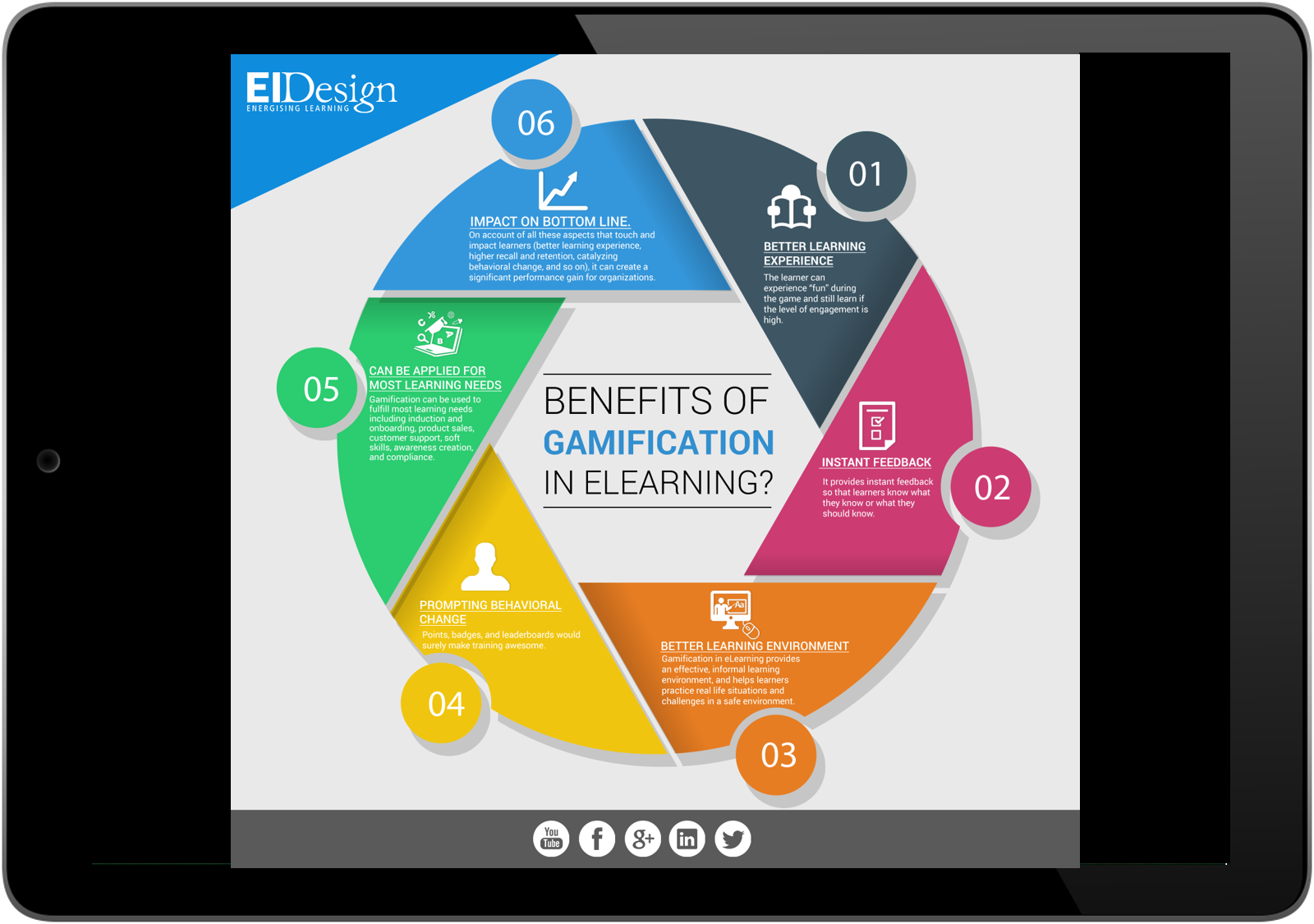
2. Interactive Infographics
Like infographics (in terms of visual-based approach), the interactivity enables you to layer information and pack more details. As an extension, they can be used as short learning guides.
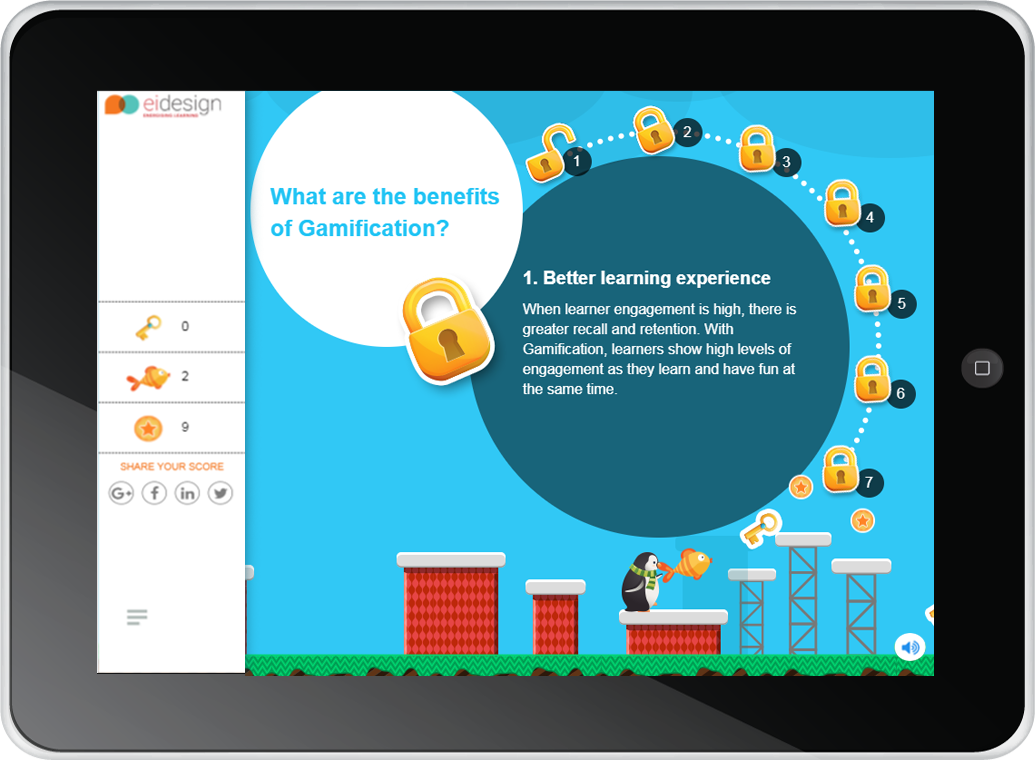
3. PDFs
This is probably the most common format for microlearning and can be used to provide quick and just-in-time access to specific information.
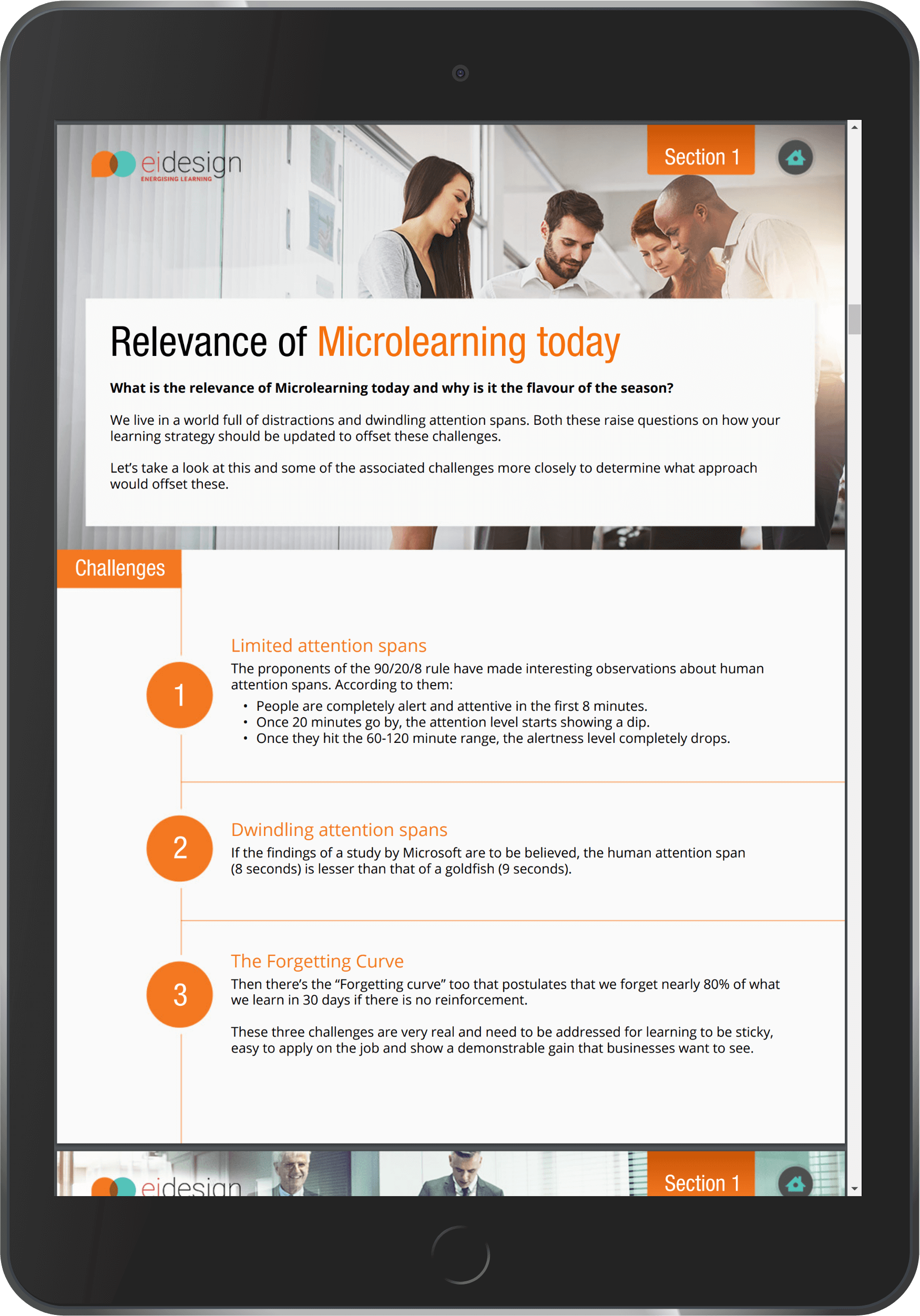
4. Interactive PDFs
The more current avatar of the traditional PDFs, that allow longer reams of data to be packaged in meaningful info groups that the learner can browse through easily.
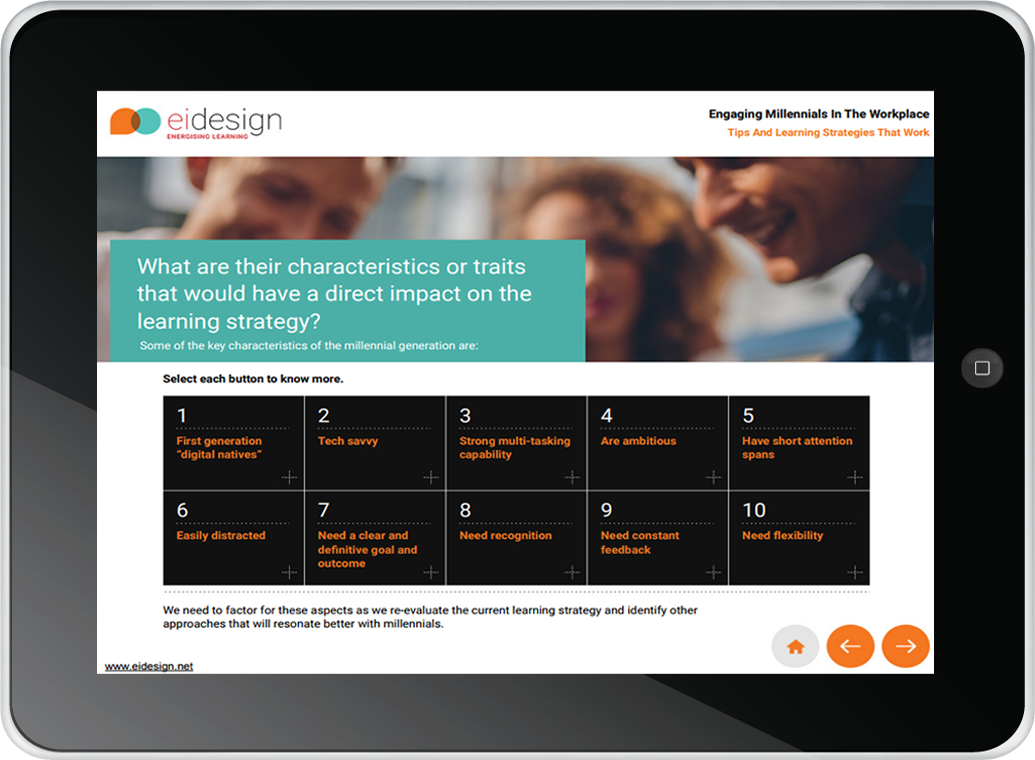
5. eBooks And Flipbooks
They make handy job aids wherein you can pack great visual appeal and interactivities. They are multi-device and can generate HTML5 output. You can also integrate audio and video to further enhance the impact.
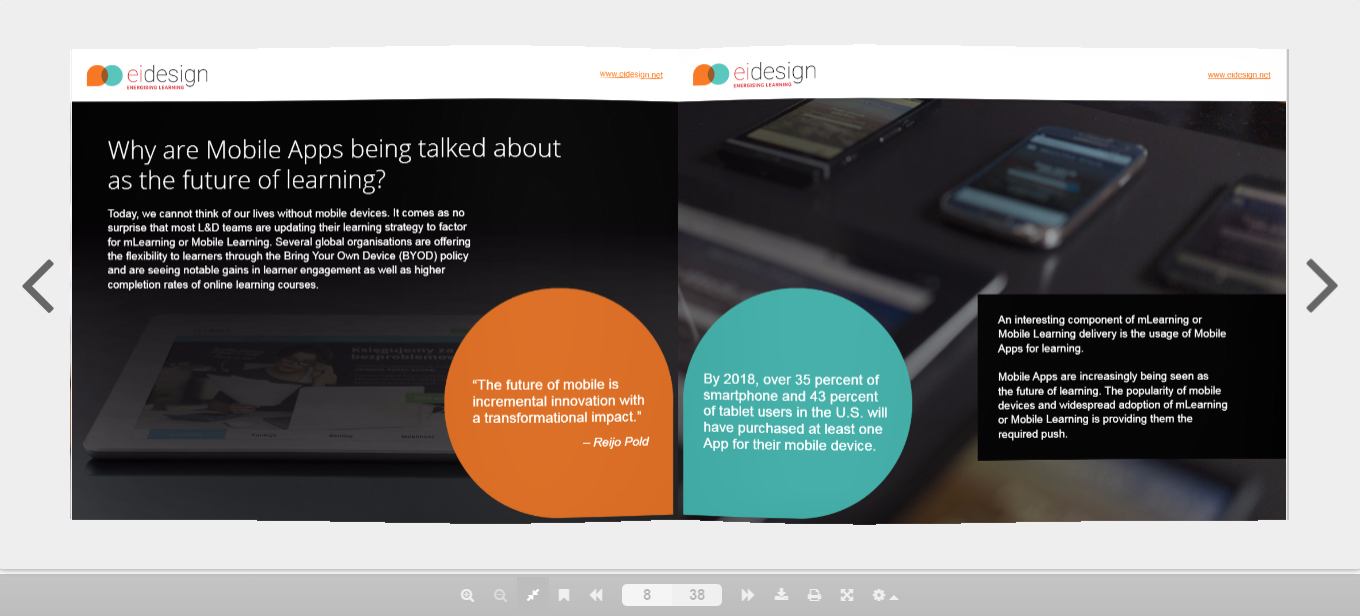
View (Video-Based Learning)
1. Animated Videos
A popular format that can be adapted to create a variety of learning aids. It can also be a part of a traditional eLearning (context-setting or learning summary).
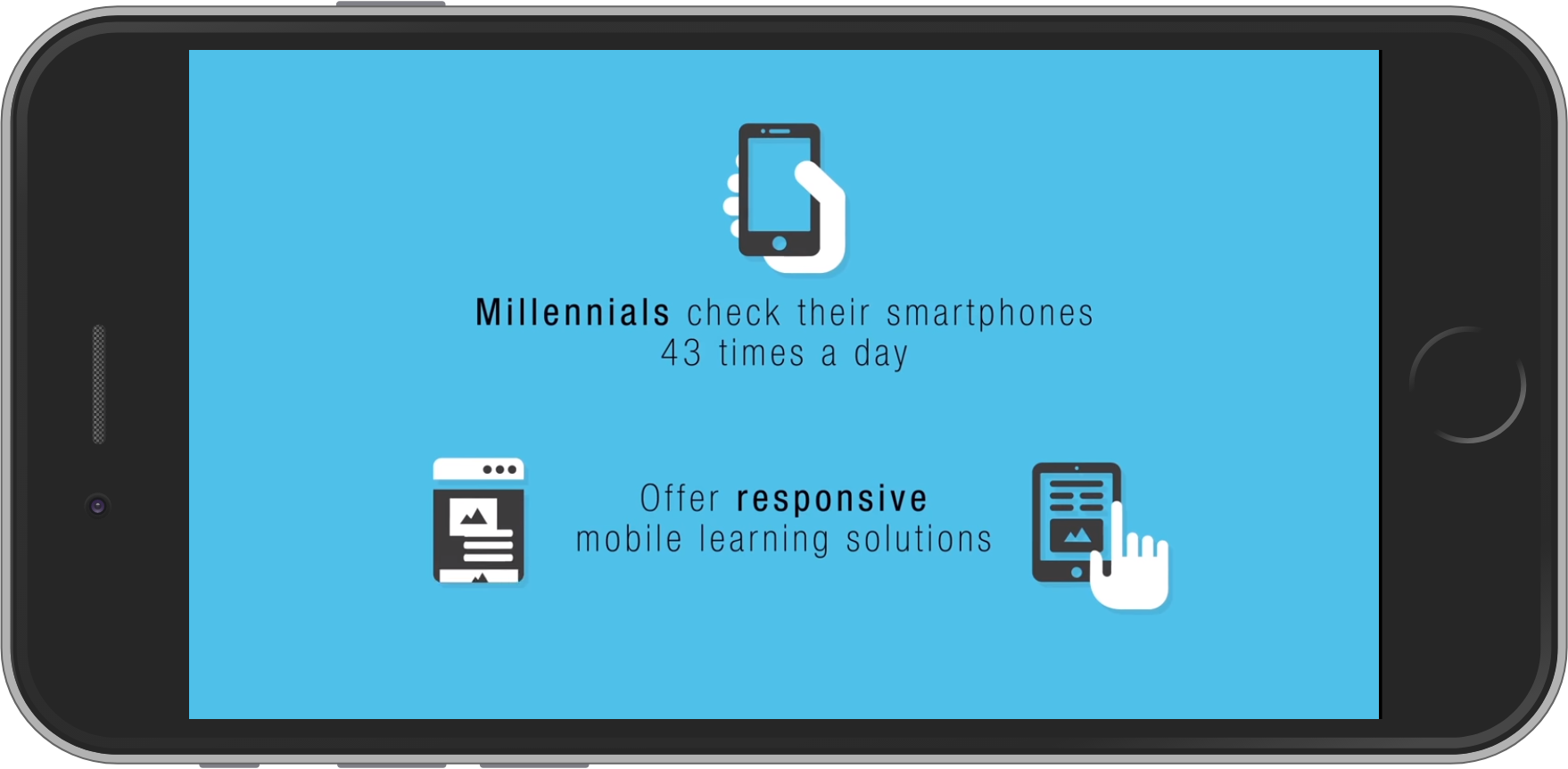
2. Whiteboard Animation
A picture is worth a thousand words. Explaining concepts through pictures (featuring illustrations, animations, and audio) creates a high engagement, and the image stays with the learners well past the learning interaction.
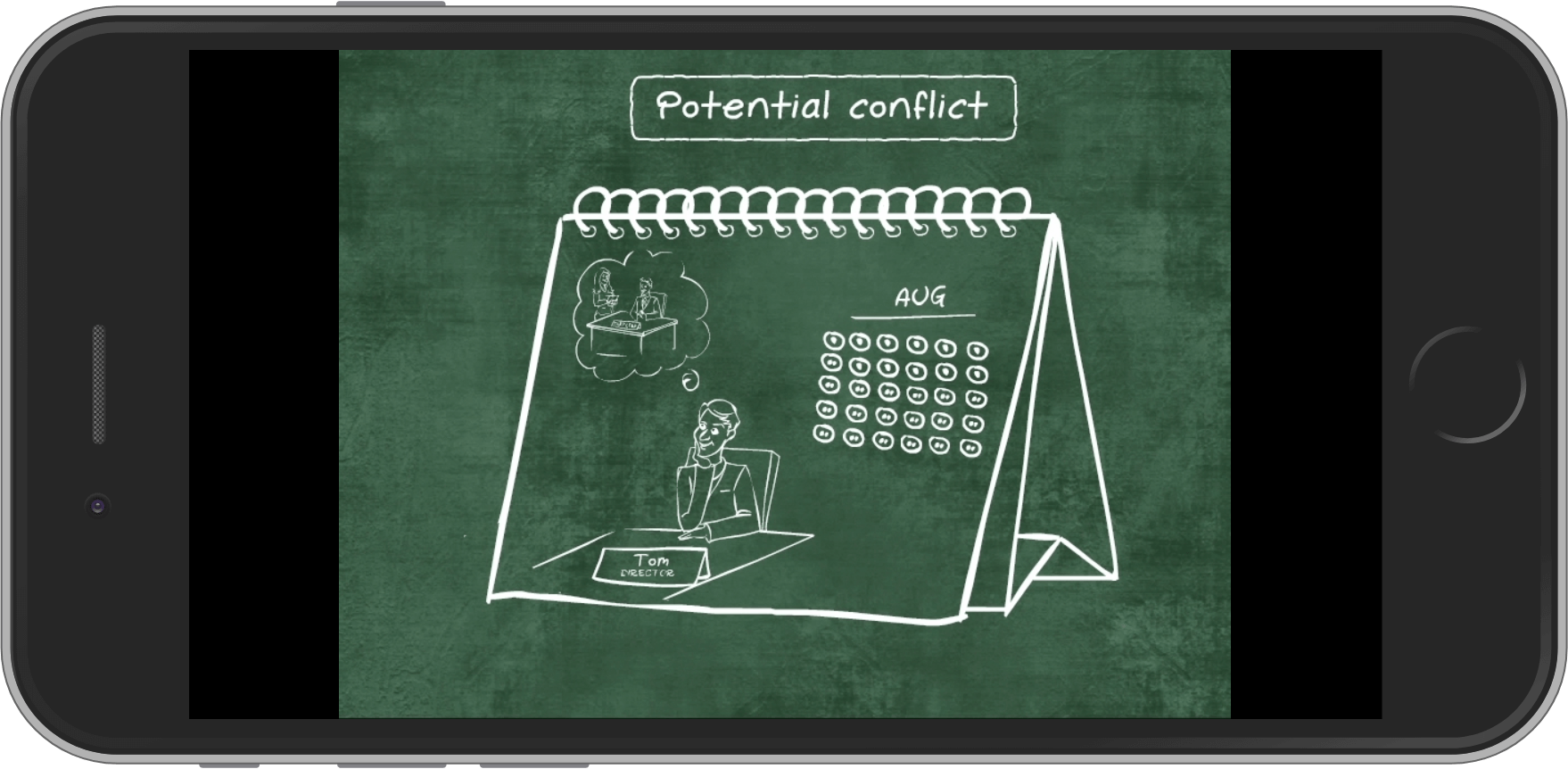
3. Kinetic Text-Based Animation
Sometimes, when minimalism scores instead of visuals, the animation of text (with sound effects) can be used to convey the required message.
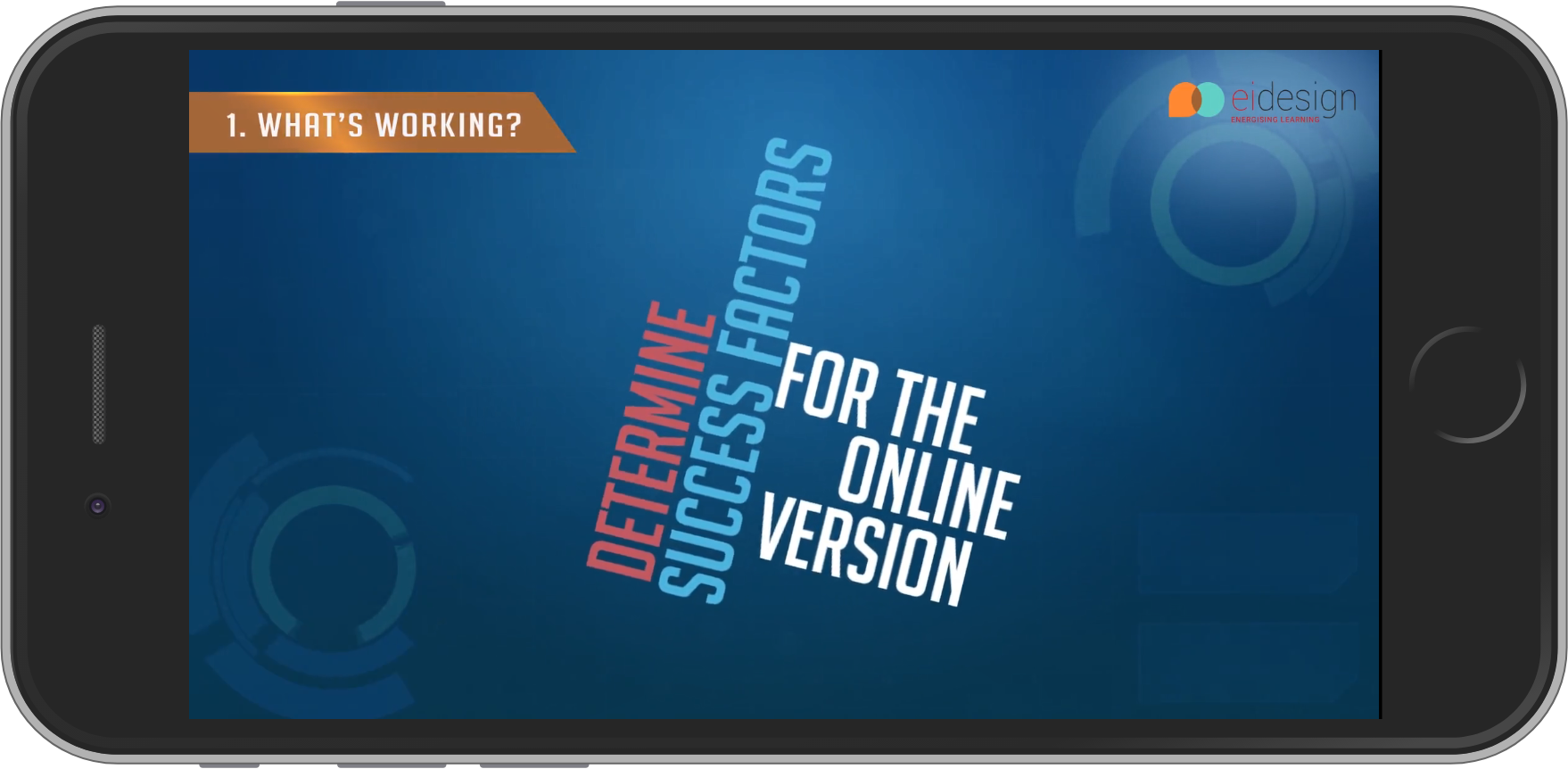
4. Explainer Videos
As the name suggests, these are great to introduce a concept in an easy to understand visual manner. Sharp and focused, they can be aligned to meet a specific outcome very effectively.
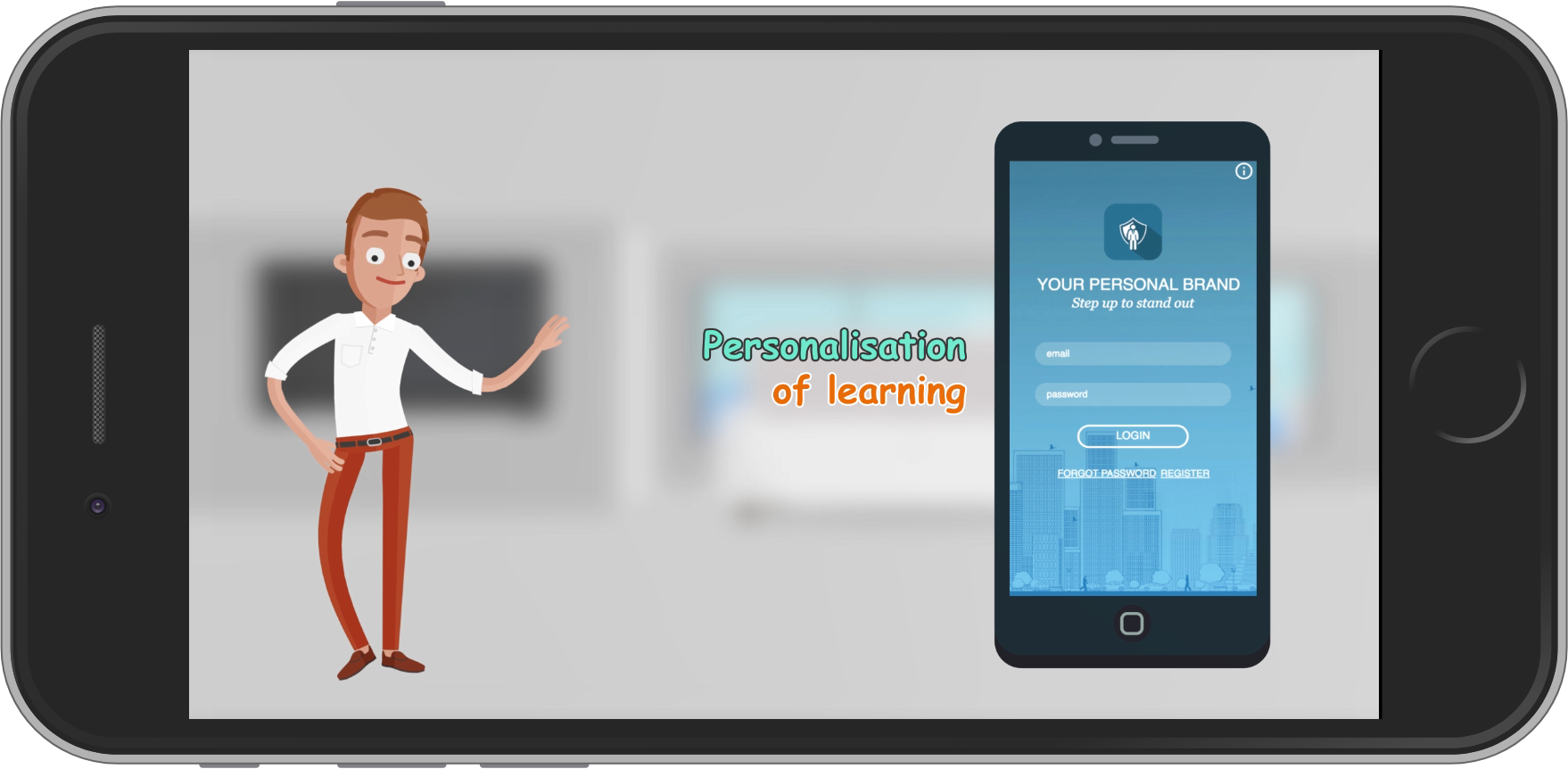
5. Interactive Videos
While video-based learning is great, you can top it up through interactive video-based learning. You can add interactions (matching the learning interactions of eLearning courses) to create high impact learning experiences.
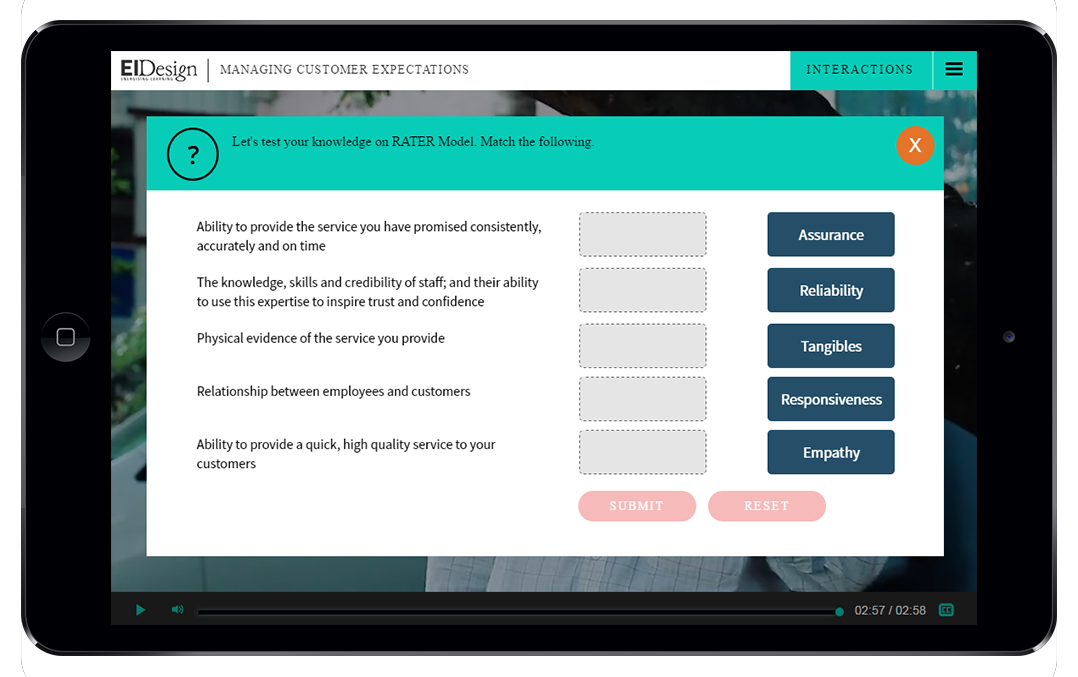
6. Expert Videos, Webinars/Recorded Webinar
We look forward to expert advice and insights. Using this approach makes them accessible to learners when they want to review or at the moment of their need.
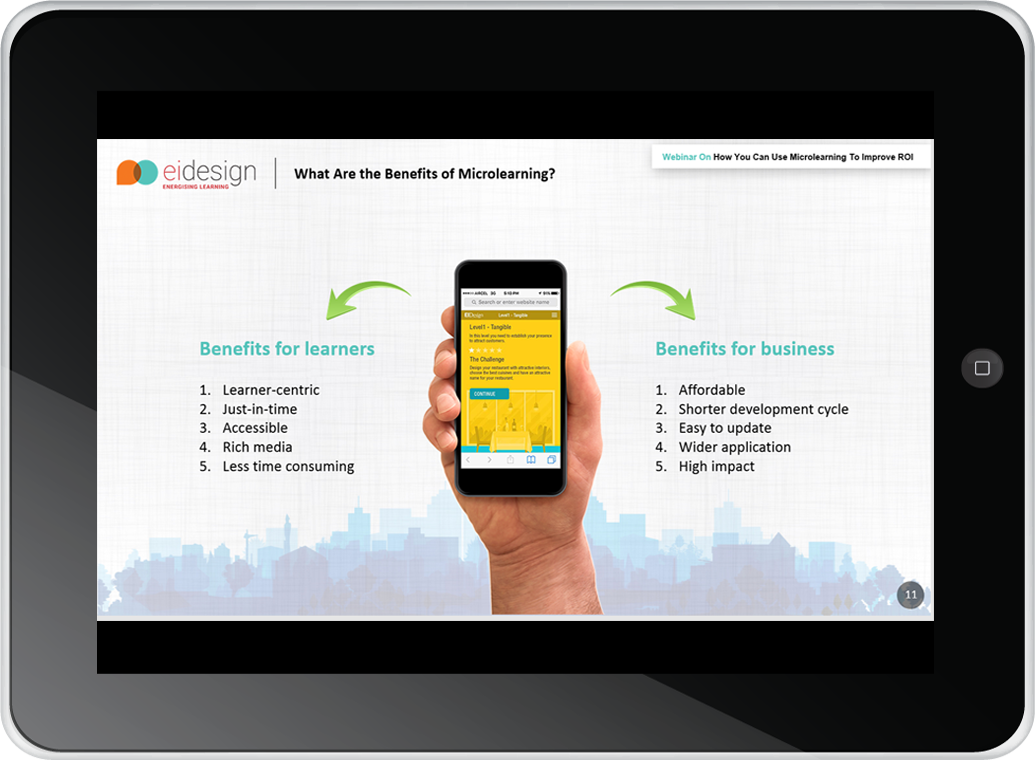
7. Webcast/Podcasts
These are again very useful formats that can be accessed on demand by the learner at the moment of their need.
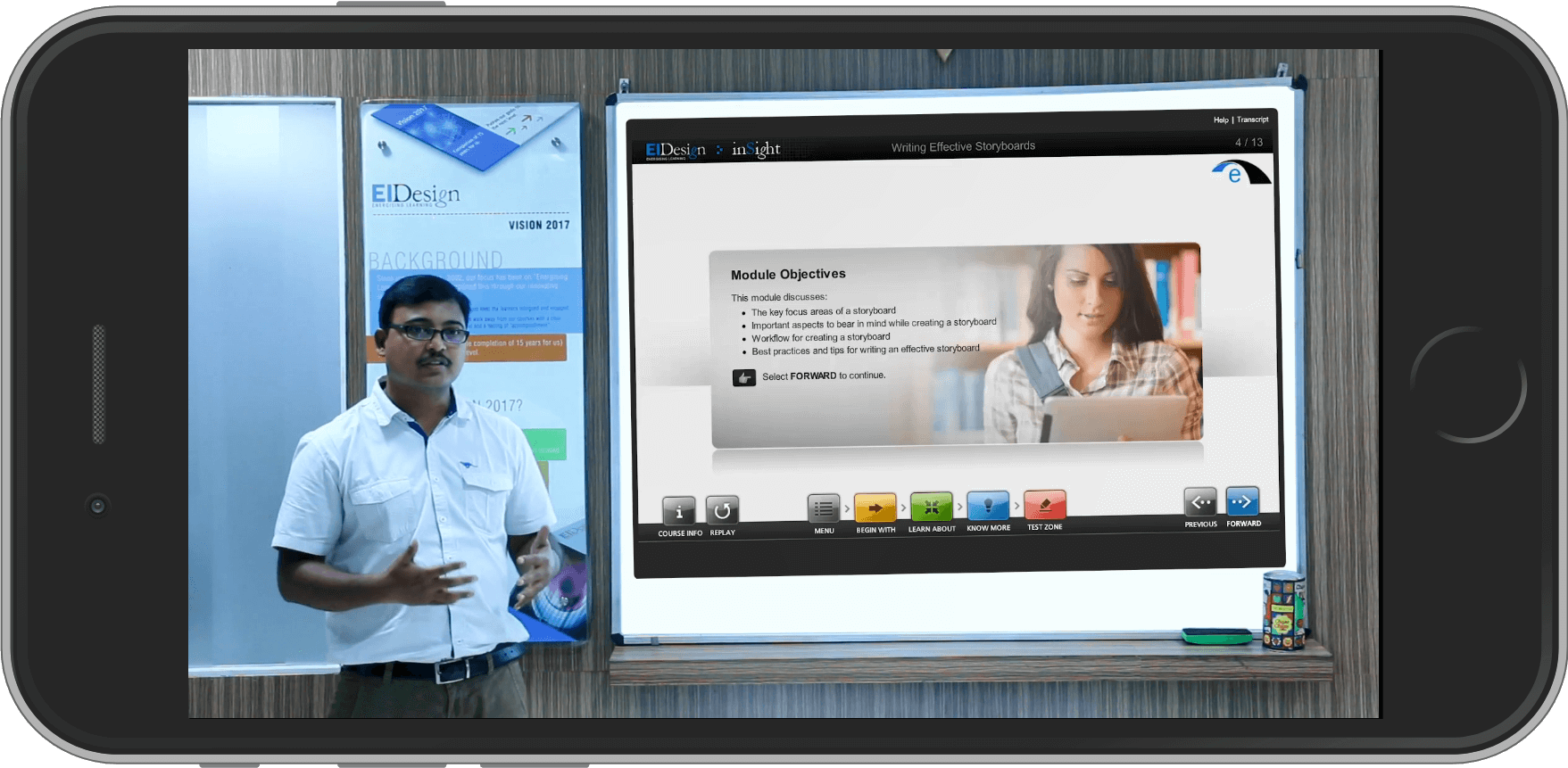
Learn
1. Interactive Parallax-Based Scrolling
Another very interesting format that uses the parallax approach that is commonly used in websites. It uses the same technique to simulate a learning path that the learner can “scroll through”. Alongside the learning path, interactions and quizzes can be added.
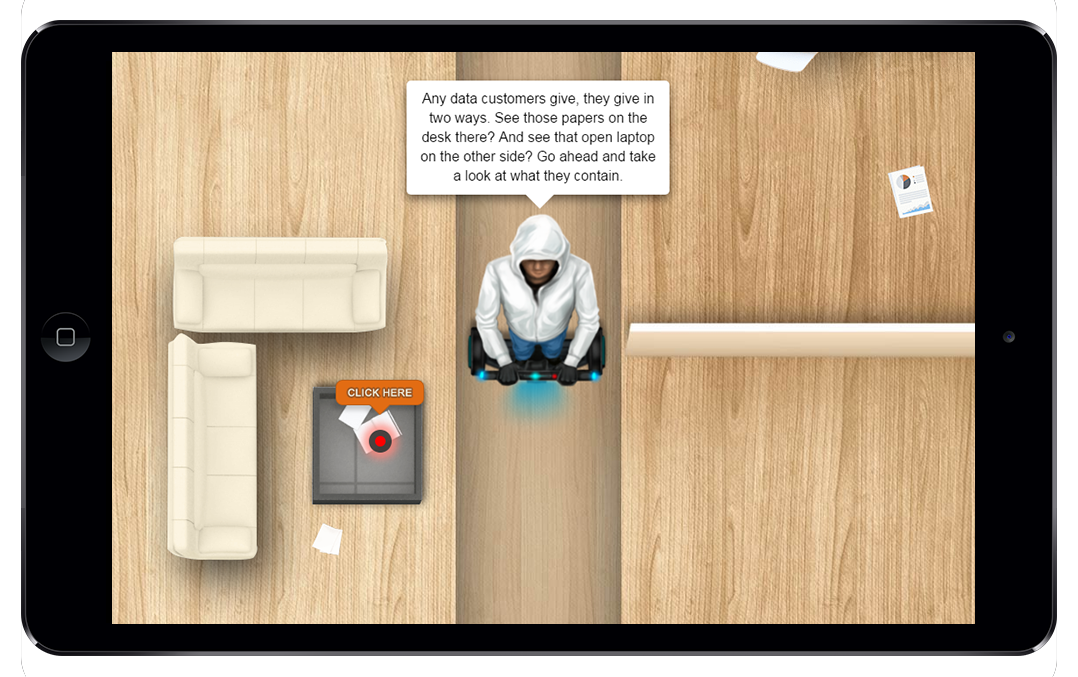
2. Mobile Apps
A very powerful approach to offer learning is through a mobile app that is being talked about as the “future of learning”. Not only is it the right fit for learning on the go; it brings in the added advantage to do both online and offline viewing (when there is no internet access).
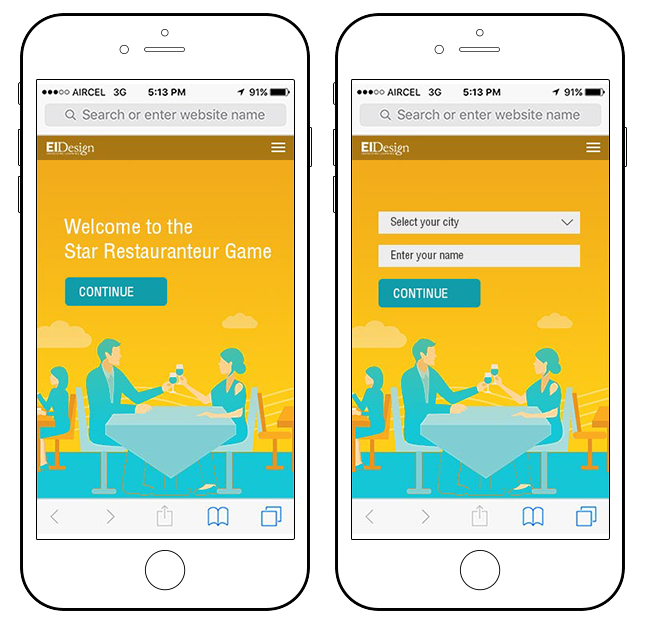
3. Complex Branching Scenarios
When you need to simulate complex, real-life situations that learners need to handle and gain mastery on, this format is the right fit.
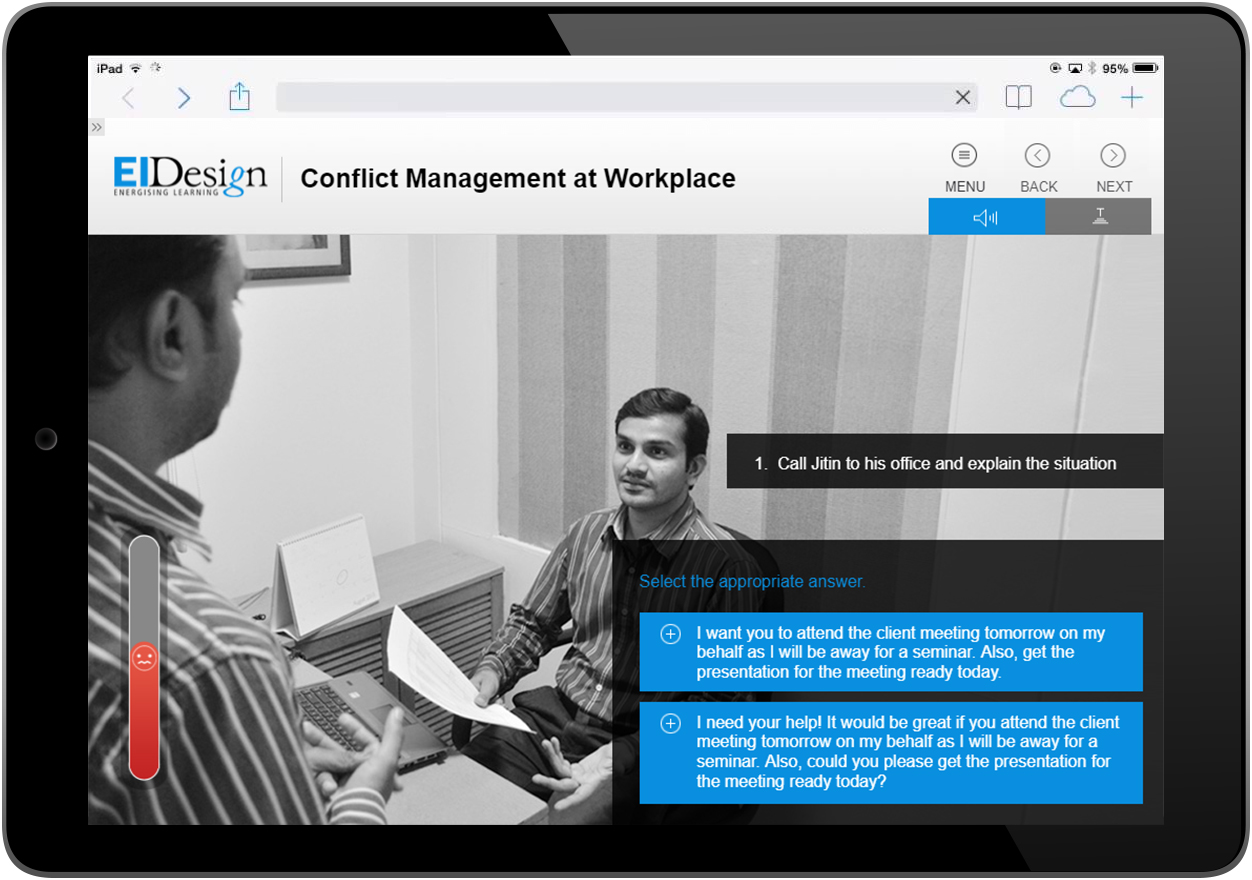
Take a look at this video to know the 15 types of microlearning that you can use for formal and informal learning:
I hope this article provides you enough and more choices to select types of microlearning that would work in your organization for both formal and informal learning. If you have any queries, do contact me at apandey@eidesign.net.
Source: https://www.eidesign.net/15-types-microlearning-formal-informal-learning-workplace/
Formal And Informal Learning In The Workplace: 15 Types Of Microlearning
A lot has been said about the challenge of dwindling attention spans. In fact, a recent study by Microsoft pegs that the human attention span at 8 seconds in contrast to a goldfish whose attention span stands at 9 seconds.
While I don’t necessarily buy the data of this report, the fact is that we all are multi-tasking, we live in a world of distractions, and we have limited attention span. Alongside high pressure at work (often with long hours that compete with our personal time), we need to find the time and do justice to training. In the last 2-3 years, microlearning has emerged as an effective approach that L&D teams can use to address some of these challenges.
What Is Microlearning?
As the name suggests, it is a short, focused training. It is normally 2-5 mins in run length (normally not exceeding 7 mins). Although it is short, it is designed to meet a specific learning outcome.
It has the following key characteristics:
- Multi-device support
- Rich media formats
- Action-oriented (wherein learners learn, practice or apply for the job)
What Is Not Microlearning?
Microlearning is more than splitting the larger eLearning course into shorter nuggets. As I have highlighted, it is aligned to a specific learning outcome and should trigger the learner to act.
How Can Microlearning Be Used?
Microlearning is short, focused, available on mobile devices and can be adapted to offer both formal and informal training. Here are a few options:
- Formal training
You can transform your traditional eLearning format or microlearning format to a series of microlearning nuggets that are connected seamlessly through a learning path. These are designed for mobile learning or mLearning format giving the flexibility to the learners to consume them on the device of their choice and at a pace that works best for them. - Supplement formal training
You can also use types of microlearning to supplement your formal training.- It can be offered as nuggets to provide a reinforcement to the primary, formal training. Alternately, you can offer a series of nuggets to challenge the learners (micro quizzes).
- You can also design them as a series of nuggets for practice and eventual mastery.
- You can also use it to supplement your Instructor-Led Training (for instance, for online pre/post workshop material or practices sessions).
- Performance Support Tools (PSTs) or job aids
Microlearning finds a perfect match to offer performance support to the learners. PSTs are just-in-time learning aids that are available in the learner’s work-flow and are designed to address certain needs. They could offer a quick fix, a ready reckoner to support their task, or a checklist that enables them to create the output with the required quality. Microlearning can be used very effectively to meet these specific just-in-time learning needs.
What Are The Various Types Of Microlearning?
Read
1. Infographics
They are a great fit to summarize the key takeaways. The visual approach to summarize the key aspects leads to higher recall and retention.

2. Interactive Infographics
Like infographics (in terms of visual-based approach), the interactivity enables you to layer information and pack more details. As an extension, they can be used as short learning guides.

3. PDFs
This is probably the most common format for microlearning and can be used to provide quick and just-in-time access to specific information.

4. Interactive PDFs
The more current avatar of the traditional PDFs, that allow longer reams of data to be packaged in meaningful info groups that the learner can browse through easily.

5. eBooks And Flipbooks
They make handy job aids wherein you can pack great visual appeal and interactivities. They are multi-device and can generate HTML5 output. You can also integrate audio and video to further enhance the impact.

View (Video-Based Learning)
1. Animated Videos
A popular format that can be adapted to create a variety of learning aids. It can also be a part of a traditional eLearning (context-setting or learning summary).

2. Whiteboard Animation
A picture is worth a thousand words. Explaining concepts through pictures (featuring illustrations, animations, and audio) creates a high engagement, and the image stays with the learners well past the learning interaction.

3. Kinetic Text-Based Animation
Sometimes, when minimalism scores instead of visuals, the animation of text (with sound effects) can be used to convey the required message.

4. Explainer Videos
As the name suggests, these are great to introduce a concept in an easy to understand visual manner. Sharp and focused, they can be aligned to meet a specific outcome very effectively.

5. Interactive Videos
While video-based learning is great, you can top it up through interactive video-based learning. You can add interactions (matching the learning interactions of eLearning courses) to create high impact learning experiences.

6. Expert Videos, Webinars/Recorded Webinar
We look forward to expert advice and insights. Using this approach makes them accessible to learners when they want to review or at the moment of their need.

7. Webcast/Podcasts
These are again very useful formats that can be accessed on demand by the learner at the moment of their need.

Learn
1. Interactive Parallax-Based Scrolling
Another very interesting format that uses the parallax approach that is commonly used in websites. It uses the same technique to simulate a learning path that the learner can “scroll through”. Alongside the learning path, interactions and quizzes can be added.

2. Mobile Apps
A very powerful approach to offer learning is through a mobile app that is being talked about as the “future of learning”. Not only is it the right fit for learning on the go; it brings in the added advantage to do both online and offline viewing (when there is no internet access).

3. Complex Branching Scenarios
When you need to simulate complex, real-life situations that learners need to handle and gain mastery on, this format is the right fit.

Take a look at this video to know the 15 types of microlearning that you can use for formal and informal learning:
I hope this article provides you enough and more choices to select types of microlearning that would work in your organization for both formal and informal learning. If you have any queries, do contact me at apandey@eidesign.net.
Source: https://www.eidesign.net/15-types-microlearning-formal-informal-learning-workplace/
You must be logged in to post a comment.
- Most Recent
- Most Relevant






